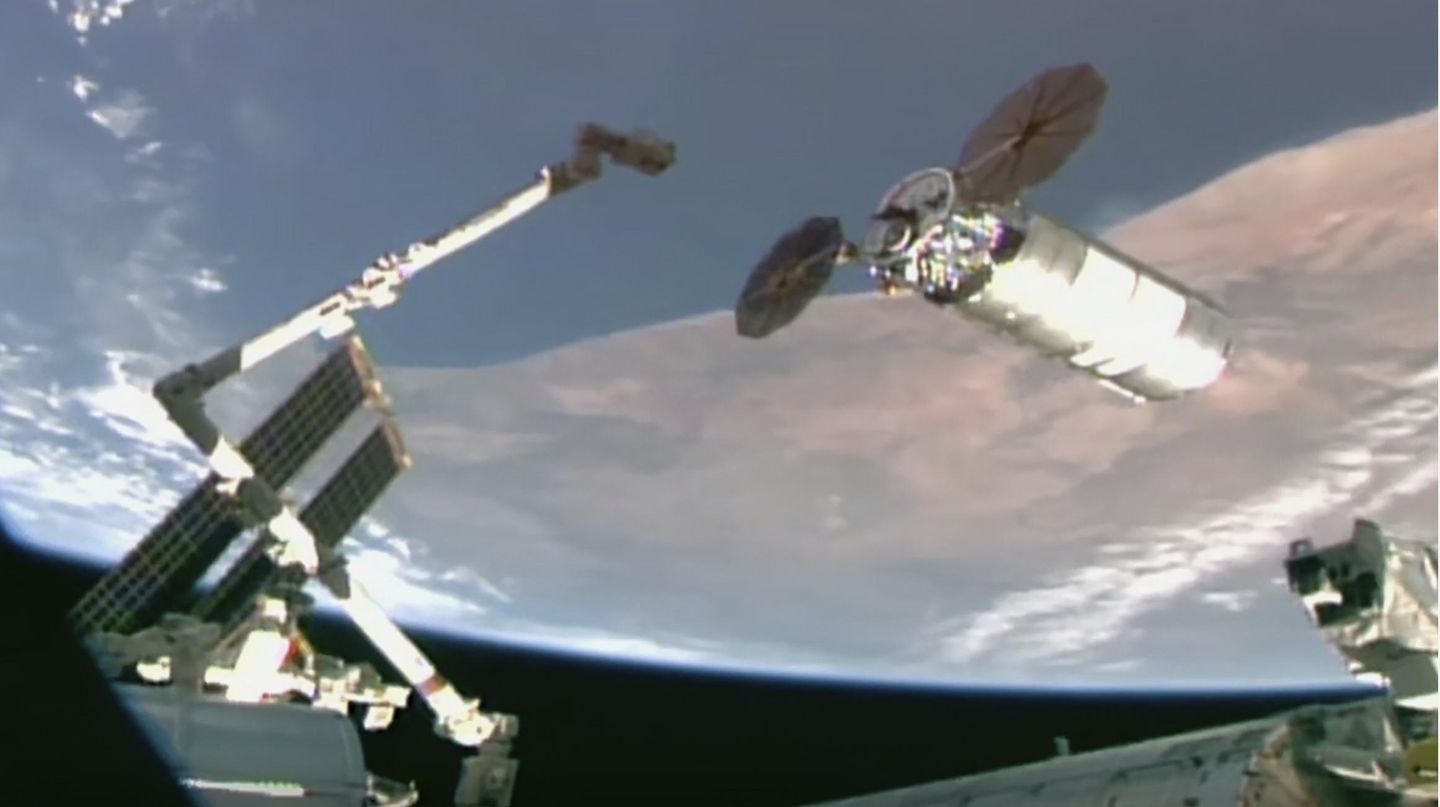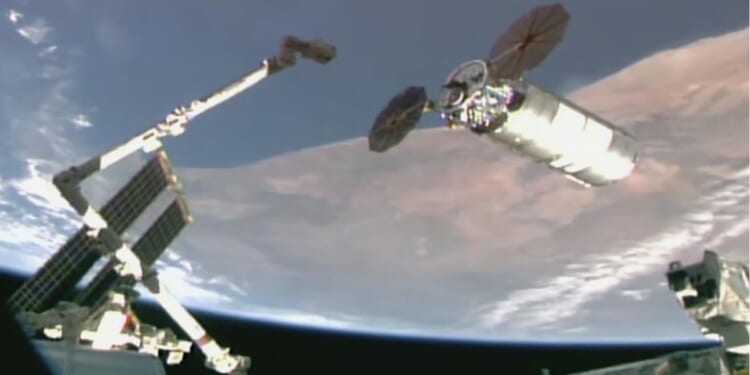
Northrop Grumman has a new artificial intelligence model that may help the defense contractor design, develop and build essential spacecraft components faster and with improved efficiency.
Engineers at Northrop Grumman, collaborating with researchers at AI startup Luminary Cloud and NVIDIA’s Computer-Aided Engineering product team, have developed Physics AI — a physics-based artificial intelligence model that can generate detailed designs of spacecraft components and subsystems in seconds.
Northrop Grumman is using the model to develop a high-performing spacecraft thruster nozzle. The nozzle component is crucial for accelerating exhaust gases, thereby generating the thrust needed to propel and guide the spacecraft.
The company said Physics AI will simplify the overall development process and help pave the way for spacecraft research and development.
“Using AI to make something small, like a spacecraft thruster, puts us on a path to do much bigger things, like using AI to design larger components or even an entire spacecraft,” said Han Park, vice president of artificial intelligence integration at Northrop Grumman Space Systems.
The new model is powered by NVIDIA’s PhysicsNeMo, an open-source framework used to build and perfect physics-based AI models.
While other models are trained on troves of data from all over the internet, Physics AI uses only the laws of physics and data points provided by researchers to draft its spacecraft designs, the company said. This aspect lets Physics AI produce designs and simulations in just seconds, while other large language models would take hours.
The speed of Physics AI will provide engineers with more time and freedom to optimize Northrop Grumman’s propulsion systems while experimenting with different designs, the company said. The model could also identify potential issues or calculation errors long before the manufacturing process begins.
Physics AI could also assist Northrop Grumman in rapidly developing and launching satellites, as the company looks to play a part in the Pentagon’s efforts to expand U.S. space capabilities. Northrop Grumman has shifted its focus to rapid, at-scale satellite production, enabling the swift launch of satellite constellations rather than spending years on a few advanced satellites.
The company has already produced results without Physics AI’s help. In 2019, the company launched DARPA’s R3D2 satellite, with Northrop Grumman designing and delivering the satellite in 20 months.
















